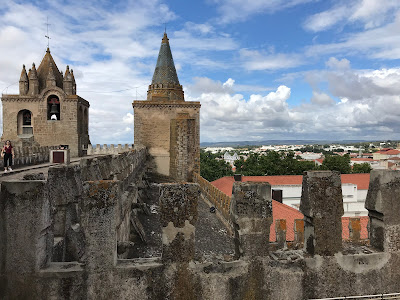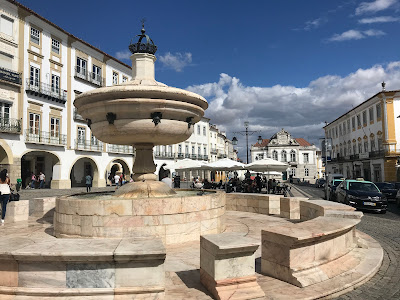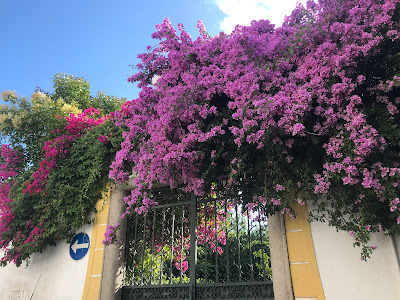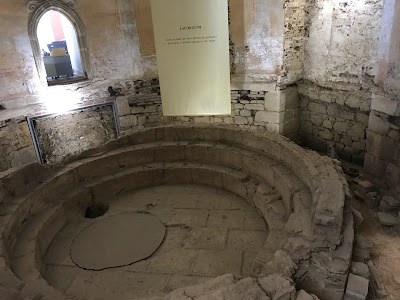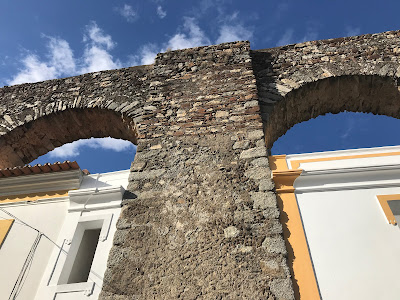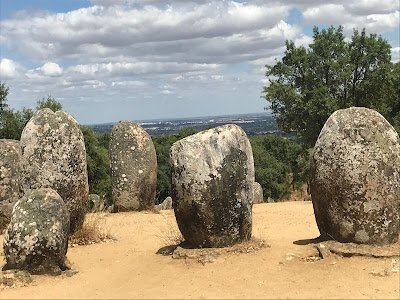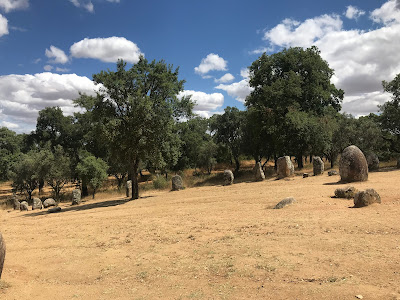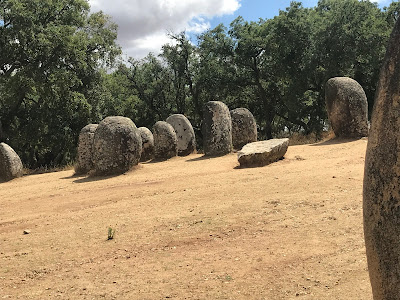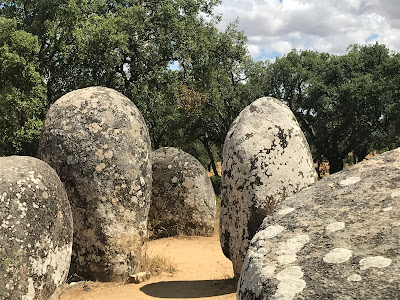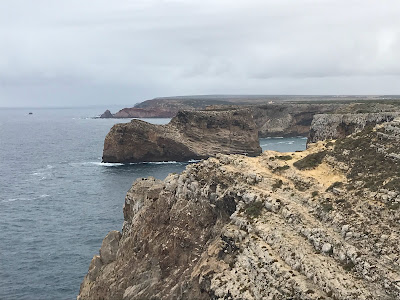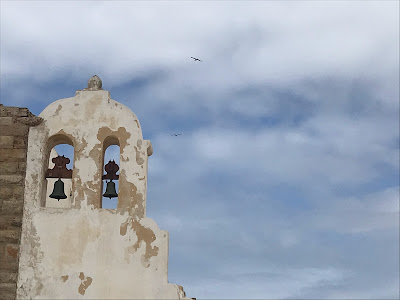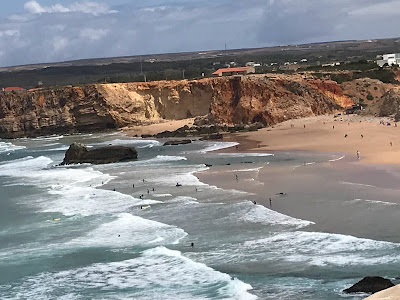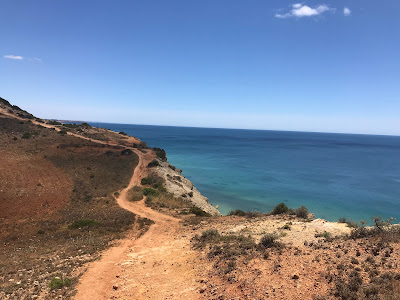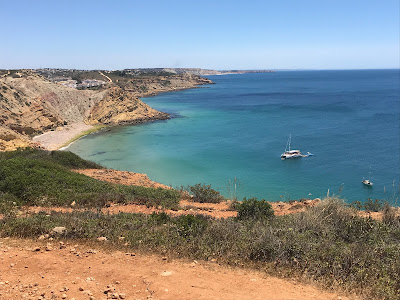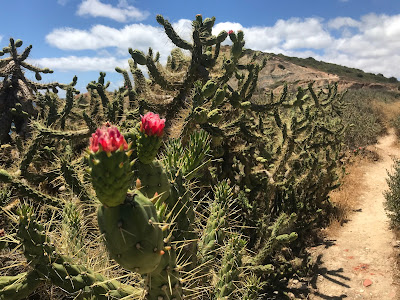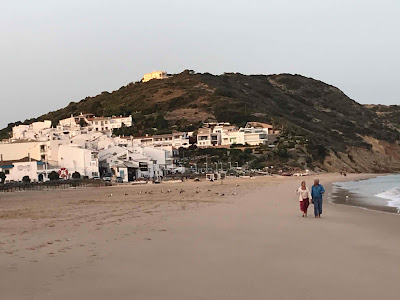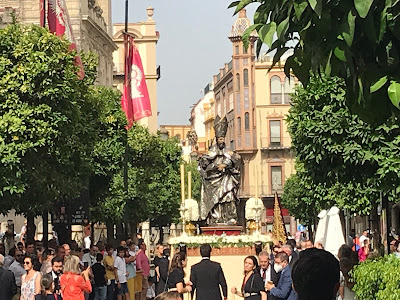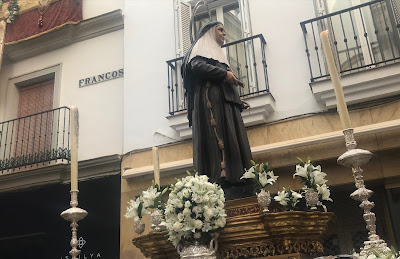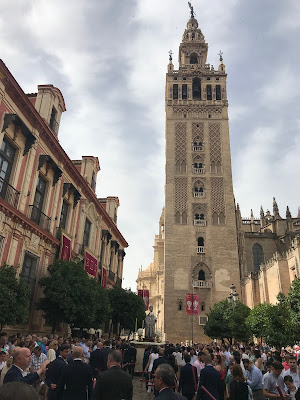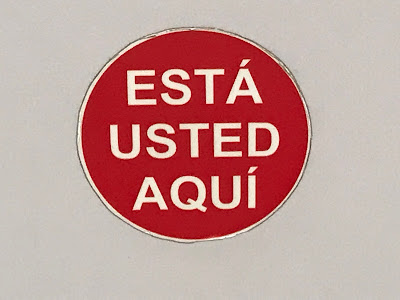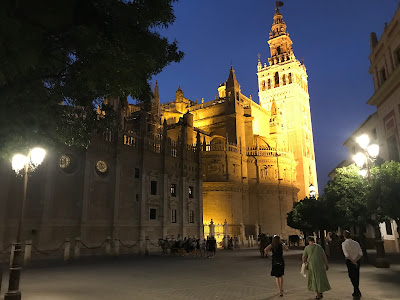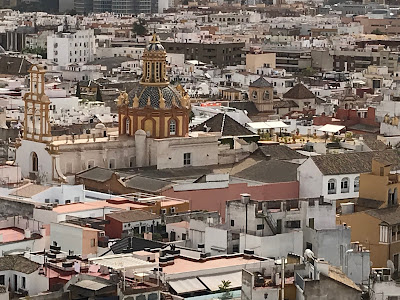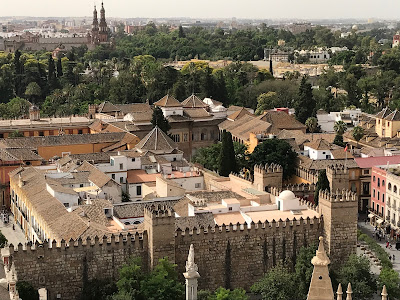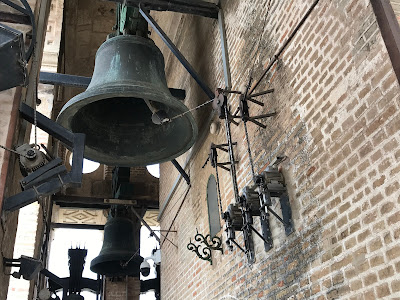Room With a View
This post should be titled “Rooms with a View” since every room we’ve stayed in on this trip has opened onto a terrace or a plaza or a sea of red-tiled roofs.
From one of them we could hear the Atlantic Ocean rolling up on the sand. From another we could almost touch the medieval walls of Evora.
But today’s hotel, our final resting place before returning home on Sunday, is the highlight of them all. Perched on a hill that overlooks the National Palace, our room has a tall half-moon window with a fairytale castle outside. A quick walk through town confirmed the fairytale castle-ness of the place.
Sintra has palaces to tour and gardens to admire … but it’s tempting to just sit here and look out the window.




